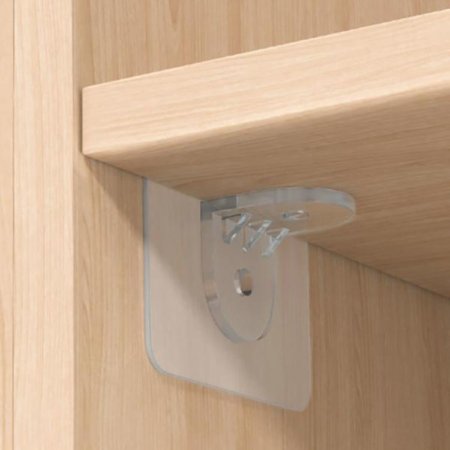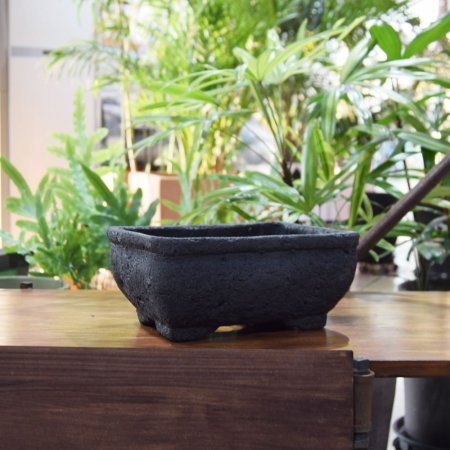US Army takes lead on Guam missile defence integration
Raytheon Technologies is building the Lower Tier Air and Missile Defense Sensor for the US Army's integrated missile defence architecture in Guam. (Raytheon)
The Missile Defense Agency (MDA) transitioned its power to the US Army in June 2023 on the integrated missile defence of Guam effort, service leaders announced recently.
The memo – signed by Deputy Secretary of Defense Kathleen Hicks – establishing Army Sustainment Command as the lead service for Guam's defence, went out in June, Lieutenant General Robert Rasch, director of the Rapid Capabilities and Critical Technologies Office (RCTTO), told the Space and Missile Defense (SMD) Symposium on 8 August. The new authorities will bring order to a complicated acquisition effort that spans different categories of technology, from sensors to communications, said Laura DeSimone, MDA's executive director, on 17 August.
“Having a single designated lead service will make sure that that integration happens with the right oversight,” she told the audience at a Defense News event. While the army will lead the effort, the MDA will still have a role in developing technologies for the missile defence architecture.
“We're very supportive of the structure that departments put in place,” DeSimone said.
The capability is supposed to be online by 2027; however, there could be some adjustments to the schedule, she noted. Guam needs infrastructure built into the island to support defence capabilities, which could take time. The MDA recently started an environmental impact study in May 2023.
“We're on the fastest pace we possibly can to get capability,” she said.
The architecture includes capabilities such as Lower Tier Air and Missile Defense Sensors (LTAMDS), Patriot defence systems, and Indirect Fires Protection Capability (IFPC) launchers. The Northrop Integrated Battle Command System (IBCS) will control the different weapons.




























































